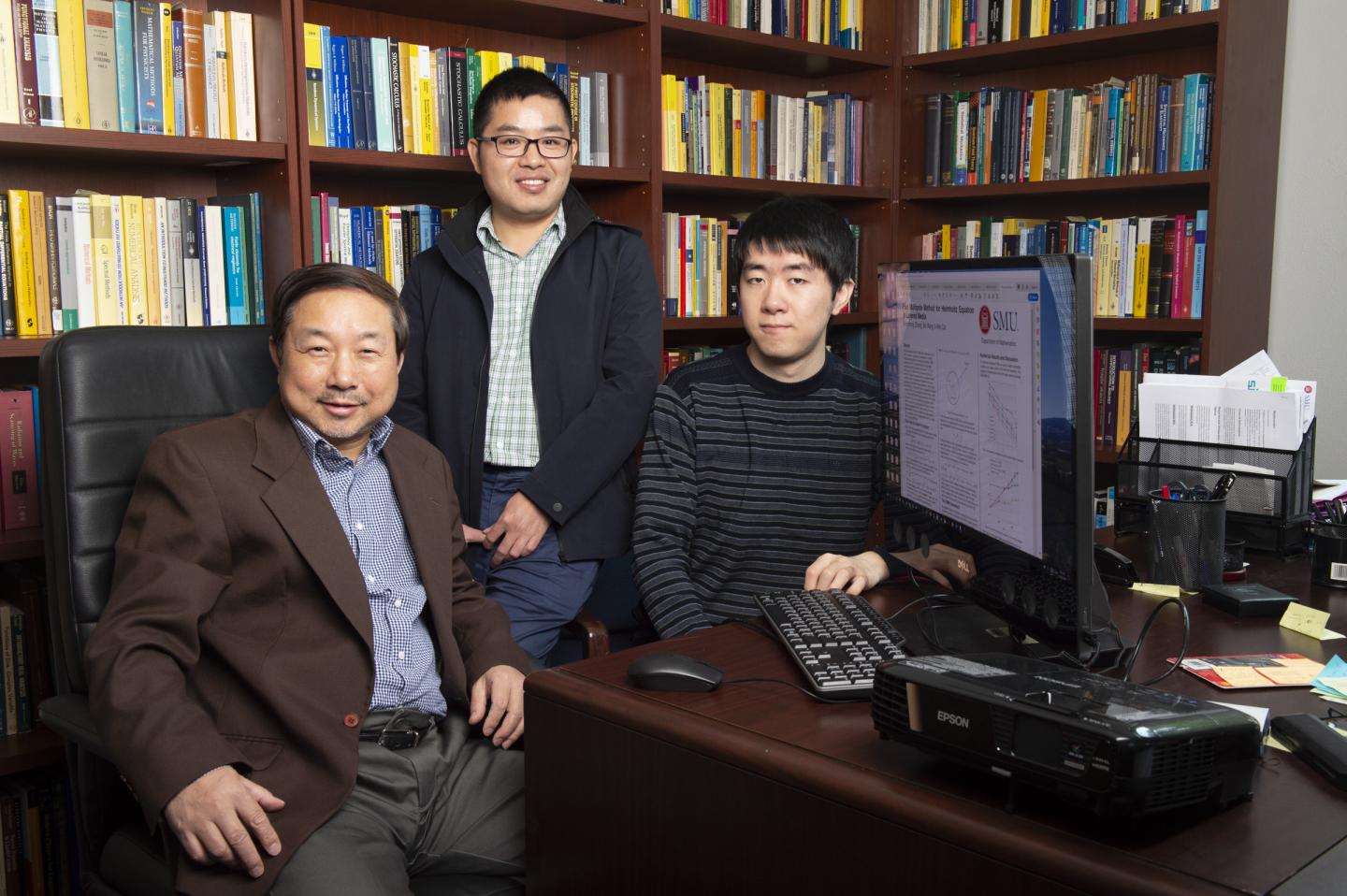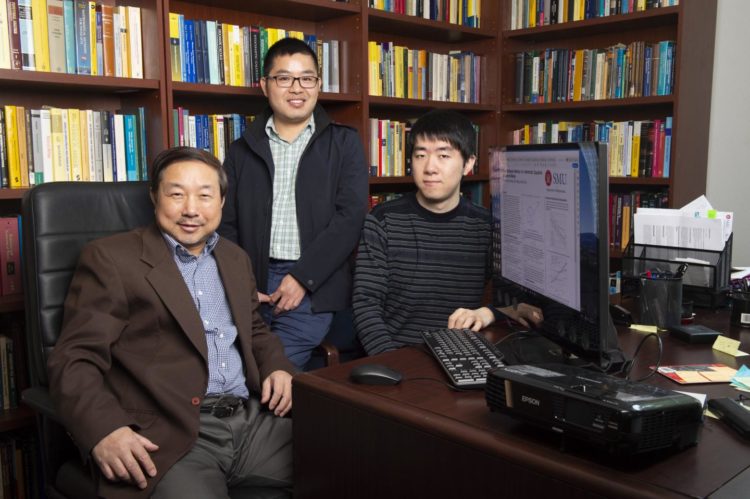
Credit: Hillsman S. Jackson, Southern Methodist University
RESEARCH TRIANGLE PARK, N.C. (Dec. 19, 2019) – Researchers working on an Army-funded project have developed an algorithm to simulate how electromagnetic waves interact with materials in devices to create equipment more efficiently and accurately. The algorithm could be used in a wide range of fields – from biology and astronomy to military applications and telecommunications.
Electromagnetic waves exist as radiation of energies from charges and other quantum processes. They include radio waves, microwaves, light and X-rays. Mobile phones communicate by transmitting radio waves.
It takes a tremendous amount of computer simulations to create a device like an MRI scanner that images the brain by detecting electromagnetic waves propagating through tissue. Those simulations can take days or months to identify how the electromagnetic waves will react when they encounter the materials in the device. Because of the cost, there is a limit to the number of simulations typically done for these devices.
With funding from the Army Research Office, in a study, published in the SIAM Journal on Scientific Computing, SMU (Southern Methodist University) researchers revealed a faster algorithm for these simulations. It is a more efficient and less expensive way to predict the behavior of waves.
“We can reduce the simulation time from one month, to maybe one hour,” said lead researcher Wei Cai, SMU Clements Chair of applied mathematics. “We have made a breakthrough in these algorithms.”
“Electromagnetic waves are central to many important applications in sensing, power, and communication. Being able to conduct related simulations faster and less expensively will have many military applications,” said Dr. Joseph Myers, Army Research Office Mathematical Sciences Division chief. ARL is an element of the U.S. Army Combat Capabilities Development Command’s Army Research Laboratory. “For example, this work will help create a virtual laboratory for scientists to simulate and explore quantum dot solar cells, which could produce extremely small, efficient and lightweight solar military equipment.”
The new algorithm modifies a mathematical method called the fast multipole method, or FMM, which was considered one of the top 10 algorithms in the 20th century.
Using this new algorithm, the computer simulations map out how materials in a device like semiconductor materials will interact with light, in turn giving a sense of what a particular wave will do when it comes in contact with that device.
An engineer or mathematician would be able to use this new algorithm to test a device whose job is to pick out a certain electromagnetic wave. For instance, it could be used to test designs for a solar light battery that lasts longer and is smaller than currently exists.
“To design a battery that is small in size, you need to optimize the material so that you can get the maximum conversion rate from the light energy to electricity,” Cai said. “An engineer could find that maximum conversion rate by going through simulations faster with this algorithm.”
The algorithm could also help an engineer design a seismic monitor to predict earthquakes by tracking elastic waves in the earth, Cai noted.
“These are all waves, and our method applies for different kinds of waves,” he said. “There are a wide range of applications with what we have developed.”
The computational system used for this project, the SMU MANEFRAME II, is descended from the Army high-performance computing system “Mana,” formerly located at the Maui HPC Center in Hawaii, and donated and physically moved to SMU through the efforts of ARO and SMU.
###
The CCDC Army Research Laboratory is an element of the U.S. Army Combat Capabilities Development Command. As the Army’s corporate research laboratory, ARL discovers, innovates and transitions science and technology to ensure dominant strategic land power. Through collaboration across the command’s core technical competencies, CCDC leads in the discovery, development and delivery of the technology-based capabilities required to make Soldiers more effective to win our Nation’s wars and come home safely. CCDC is a major subordinate command of the U.S. Army Futures Command.
Media Contact
Lisa Bistreich-Wolfe
[email protected]
919-549-4372
Related Journal Article
http://dx.





